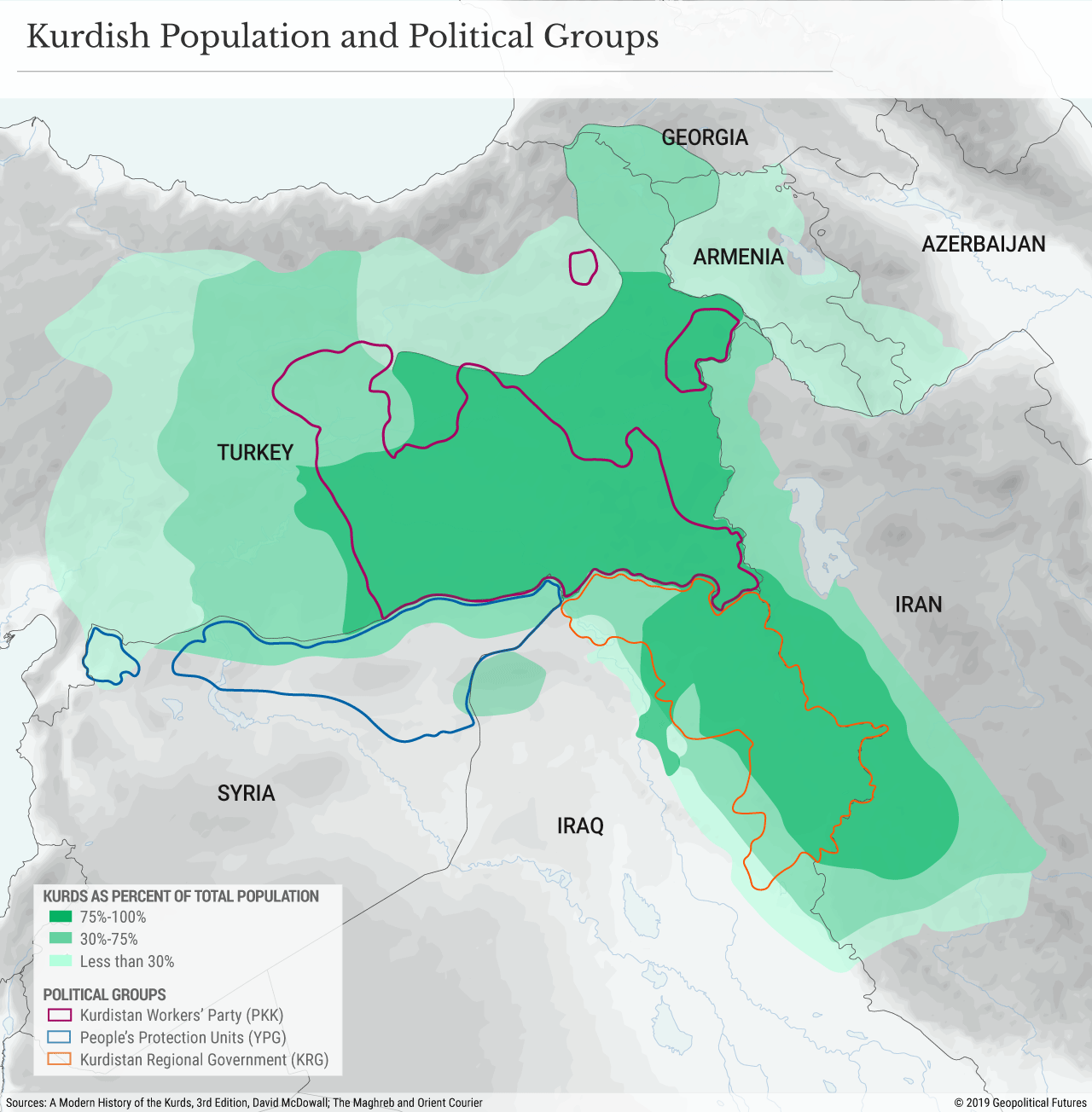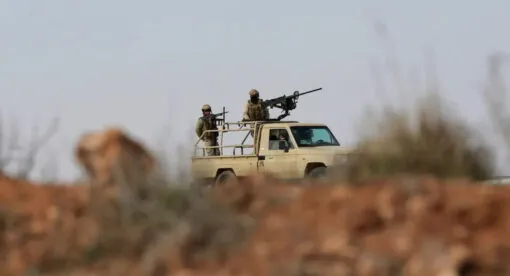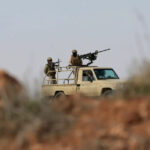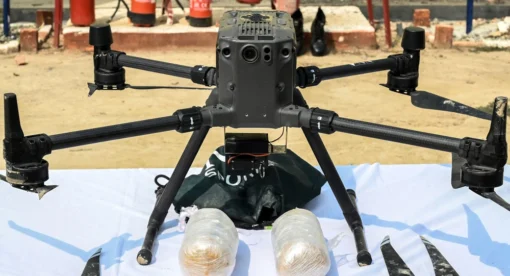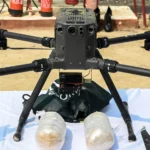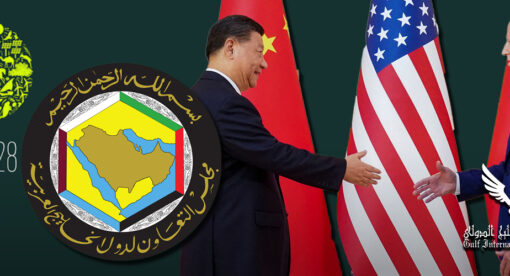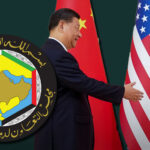Both see the group as a long-term problem, but they have ulterior motives for acting now.
In mid-November, violence erupted in Iraqi Kurdistan and Syrian Kurdistan, two of the comparatively quieter, safer quarters of the Levant. Separately but within just a few days of each other, Iran and Turkey executed rocket and drone strikes against Kurdish militant and political organizations that they consider national security threats. The Turkish and Iranian militaries have hinted at potential ground offensives against Kurdish targets too, reinforcing troops at their borders with personnel and heavy armored equipment.
But the sudden escalation against Kurdish militant and political groups says more about Turkish and Iranian domestic politics than it does about their respective national security agendas. Mounting economic concerns, protests and electoral uncertainty have compelled Ankara and Tehran to pursue military campaigns in neighboring Syrian and Iraqi Kurdistan to distract their publics, shift blame and wield leverage against adversaries.
Turkish Pretext
For Turkey, the Kurdish regions of Syria and Iraq have long presented a geopolitical challenge. Since the 1970s, the Turkish government has been at odds with the Kurdistan Workers’ Party (PKK), a Kurdish militant organization that Ankara considers a terrorist organization and a considerable political threat to its neo-Ottoman agenda. President Recep Tayyip Erdogan’s ruling Justice and Development Party (AKP) sees Kurdish enclaves in northeast Syria and northern Iraq as little more than hubs for terrorist activity that could embolden Kurdish political parties and militants in Turkey. The government has therefore characterized the Kurdish-majority Syrian Democratic Forces (SDF) and People’s Defense Units (YPG) as PKK offshoots and, thus, legitimate terrorist targets, and has hunted PKK militants along the Qandil Mountain range in northern Iraq since 1983.
Read the rest in Geopolitical Futures.

